Victory for Regulatory Accountability: The Center for Regulatory Freedom's Vision Realized
- Andrew Langer

- Jun 19
- 6 min read

The regulatory state has long been a silent force shaping the lives of Americans. For decades, advocates of limited government, fiscal responsibility, and economic growth have argued that unchecked regulatory expansion imposes enormous costs on businesses, innovation, and the livelihoods of ordinary citizens. Today, the Center for Regulatory Freedom (CRF) declares a major victory in this long battle.
With the signing of Executive Order 14192, titled "Unleashing Prosperity Through Deregulation," President Trump has not only embraced but exceeded several core recommendations outlined in CRF's landmark document, "100 Recommendations for the First 100 Days." This Executive Order (EO) represents one of the most sweeping deregulatory actions in modern American history, directly addressing many of the structural reforms CRF has advocated for years. Most notably, the EO institutes annual reporting of regulatory costs, mandates agency-specific cost allocations, and emphatically rejects the flawed 2023 revision to OMB Circular A-4 by restoring its pre-2023 version--which the CRF specifically petitioned OMB to do.
This is not just policy alignment; this is full-scale adoption of the CRF deregulatory blueprint.
The Core of CRF's Reform Vision
Since its inception, CRF has advocated a simple but powerful principle: regulation must be accountable, transparent, and economically sound. Under the Biden administration, regulatory costs skyrocketed, expanding dramatically in both scope and complexity. Many rules were pushed through informal guidance, policy memoranda, and administrative orders not subject to public notice or comment, imposing hidden costs on businesses and individuals alike.
CRF's "100 Recommendations for the First 100 Days" presented a systematic roadmap to dismantle this unchecked growth. Among the most critical recommendations were:
Immediate reversion to pre-2023 Circular A-4 standards for cost-benefit analysis.
Mandate annual reporting of regulatory costs by the Office of Management and Budget (OMB).
Require agency-specific regulatory cost caps and budget allocations.
Restore and expand the "1-in/2-out" rule for eliminating regulations.
Bring guidance documents under the Administrative Procedure Act (APA).
Conduct opportunity cost studies of federal regulations.
These recommendations aimed to reverse the dangerous regulatory trajectory established under the Biden administration and restore a culture of economic accountability.
The Executive Order: A Near Mirror of CRF's Blueprint
In January 2025, President Trump signed EO 14192. It is no exaggeration to say this order reads like a direct implementation document for CRF's recommendations. Let us examine the most significant points of convergence:
1. Rejection of 2023 Circular A-4 Revisions
CRF identified the Biden administration's 2023 revision of OMB Circular A-4 as one of the most damaging changes to the federal rulemaking process. The 2023 version systematically inflated the supposed "benefits" of regulation while minimizing or obscuring the real costs, particularly by downplaying opportunity costs and discounting scientific rigor in assessing burdens.
EO 14192 directly addresses this issue:
"The Director shall revoke OMB Circular No. A-4 of November 9, 2023... and shall reinstate the prior version of Circular A-4, issued on September 17, 2003." (Section 6b) [29]
This is a direct and decisive action in complete alignment with CRF's demand for immediate reversion to the more scientifically grounded 2003 standards. In doing so, the Trump administration has restored intellectual honesty to regulatory cost-benefit assessments.
2. Annual Regulatory Cost Submissions and Agency Caps
One of CRF's core structural reforms was to require annual reporting of regulatory costs, with specific agency-level allocations to ensure budgetary discipline. In EO 14192, this vision is realized:
"During the Presidential budget process, the Director shall identify to agencies a total amount of incremental costs that will be allowed for each agency... No regulations exceeding the agency’s total incremental cost allowance will be permitted." (Section 4d) [29]
This institutionalizes an annual regulatory budget process, tying regulatory output to fiscal oversight. No longer can agencies issue costly new rules without direct Presidential-level review and cost cap compliance.
3. 10-for-1 Deregulatory Rule
While CRF recommended restoring the previous Trump-era "1-in/2-out" rule, EO 14192 goes far beyond this precedent:
"For each new regulation issued, at least 10 prior regulations be identified for elimination." (Section 1) [29]
This ten-for-one rule not only builds upon the 2017 model but establishes an aggressive deregulatory mandate that ensures the regulatory state will contract rather than expand.
4. Unified Regulatory Agenda Oversight
EO 14192 grants the OMB Director control over what regulations agencies may even propose:
"No regulation shall be added to or removed from the Unified Regulatory Agenda without the approval of the Director." (Section 4b) [29]
This dramatically strengthens White House oversight over agency rulemaking agendas, ensuring consistency with broader administration policy—another principle long championed by CRF.
5. Broad Definition of "Regulation"
CRF repeatedly criticized the use of informal rulemaking through guidance documents and agency memoranda to circumvent the APA. EO 14192 explicitly broadens the definition of regulation to encompass:
"Regulations, rules, memoranda, administrative orders, guidance documents, policy statements, and interagency agreements... regardless of whether the same were enacted through the processes in the Administrative Procedure Act." (Section 5) [29]
This ensures that non-transparent, informal guidance documents will now fall under the same scrutiny and cost accountability as formal rules—a major victory for transparency.
The Broader Structural Victory
CRF's "100 Recommendations for the First 100 Days" presented a comprehensive roadmap across dozens of regulatory arenas—from healthcare, to education, to environmental policy, to financial services. EO 14192 addresses the structural framework necessary to support that full agenda. By restoring proper cost accounting, establishing annual agency caps, reining in guidance documents, and reestablishing a consistent cost-benefit methodology, this EO lays the legal and procedural foundation for the full implementation of CRF's vision.
While sector-specific rules still require additional orders or agency-level actions, the machinery for rolling back Biden-era excesses is now fully operational.
The Biden Legacy Reversed
The Biden administration's 2023 revision of Circular A-4 symbolized a profound philosophical shift. It treated regulatory expansion as inherently good, prioritizing speculative long-term benefits while obscuring actual costs. As CRF warned:
"Reverting to the previous standards and adding Comparative Risk Assessment would make regulatory assessments more scientifically sound and economically realistic." [30]
EO 14192’s restoration of the 2003 Circular A-4 is not merely a procedural correction; it is a fundamental reorientation toward reality-based policymaking. By acknowledging the true trade-offs involved in regulatory action, the Trump administration has reinstated a discipline of restraint essential to sustaining economic growth.
The executive order also underscores the importance of taking proactive steps to address past regulatory abuses. Before joining CPAC and the CPAC Foundation, CRF Director Andrew Langer had warned the Biden administration about the inherent, long-term problems with their proposed changes to cost-benefit metrics. When President Trump was elected, CRF wanted to make undoing the finalized Circular A-4 a top priority--since such stilted metrics could create huge long-term problems.
Knowing the importance of taking proactive steps, CRF petitioned OMB in the earliest days of the new administration to flat-out reject the Biden-era Circular A-4. That petition can be found here:
The Cost of Inaction: The Opportunity Cost Multiplier
CRF has long emphasized that regulatory costs are not merely the dollars spent on compliance but the trillions in lost economic opportunity. Citing the 2012 Dawson/Seater study, CRF's recommendations included ordering:
"A study to assess the opportunity cost of regulation... The $19 multiplier means that the federal regulatory state doesn’t cost the American economy $3.95 trillion, but, in actuality, costs the economy just over $75 trillion in lost opportunity costs." [30]
By adopting a regulatory budgeting process that enforces real cost caps, EO 14192 represents a first major step toward recognizing and containing these immense opportunity costs.
The Road Ahead: A Template for Lasting Reform
By cementing regulatory budgeting as a core principle of governance, EO 14192 introduces a structural discipline that can endure beyond any single administration. No future regulatory action will be insulated from fiscal scrutiny. No agency will escape accountability for the true costs of its actions. And no guidance document will again evade public notice and comment under the guise of "informal" rulemaking.
This is the legacy CRF has fought for: not merely ad hoc deregulation, but enduring institutional reform that restores balance between economic freedom and responsible governance.
With EO 14192, we have taken a decisive step toward that vision. But this is only the beginning. The machinery is now in place to systematically dismantle years of regulatory overreach. The Center for Regulatory Freedom will continue to fight for full implementation of our "100 Recommendations" across all sectors of the American economy.
















.png)




_gif.gif)